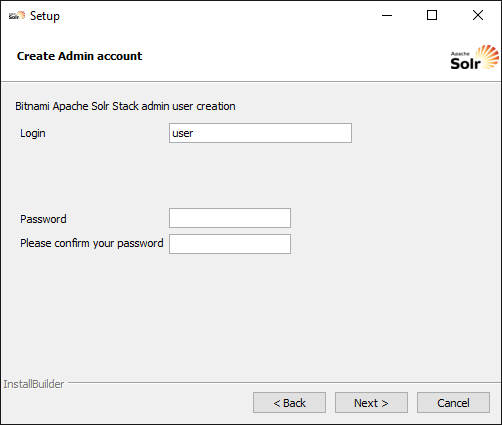

- BITNAMI MEAN STACK APACHE HTTPD.CONF UPDATE
- BITNAMI MEAN STACK APACHE HTTPD.CONF REGISTRATION
- BITNAMI MEAN STACK APACHE HTTPD.CONF DOWNLOAD
Setup Web Server with Node.js + MongoDB + NGINX If you're using Windows you can connect to your instance via SSH using the PuTTY SSH client, for instructions see Connect Using PuTTY in the AWS docs.
BITNAMI MEAN STACK APACHE HTTPD.CONF UPDATE
BITNAMI MEAN STACK APACHE HTTPD.CONF DOWNLOAD
"my-aws-key") and click "Download Key Pair" to download the private key, you will use this to connect to the server via SSH. Select "Create a new key pair", enter a name for the key pair (e.g.Configure Security Group - Add a new rule to allow HTTP traffic then click "Review and Launch".Choose Instance Type - Select the "t2.micro" (Free tier eligible) instance type and click "Configure Security Group" in the top menu.Choose AMI - Check the "Free tier only" checkbox, enter "Ubuntu" in search box and press enter, then select the "Ubuntu Server 18.04" Amazon Machine Image (AMI).If you don't have an account yet click the "Create a Free Account" button and follow the prompts. Sign into the AWS Management Console at.


BITNAMI MEAN STACK APACHE HTTPD.CONF REGISTRATION
NodeJS + MongoDB - Simple API for Authentication, Registration and User Management.Angular 8 - User Registration and Login Tutorial & Example.For more in-depth information about the Angular app or Node.js api used in this post, check out the following tutorials which cover them in detail: This tutorial will be focused on setting up the server on AWS EC2, then deploying and configuring the front-end and back-end pieces of the MEAN stack app to work together. Other variations of the stack include the MERN Stack that has a React front-end, and the MEVN Stack that has a Vue.js front-end. In this tutorial we're going to setup a production ready web server from scratch on the Amazon EC2 (Elastic Compute Cloud) service, then deploy a custom MEAN Stack application to it that supports user registration and authentication.Ī MEAN Stack application is made up of a front-end app built with Angular that connects to a back-end api built with Node.js + Express + MongoDB, hence the name MEAN Stack (Mongo, Express, Angular, Node).


 0 kommentar(er)
0 kommentar(er)
